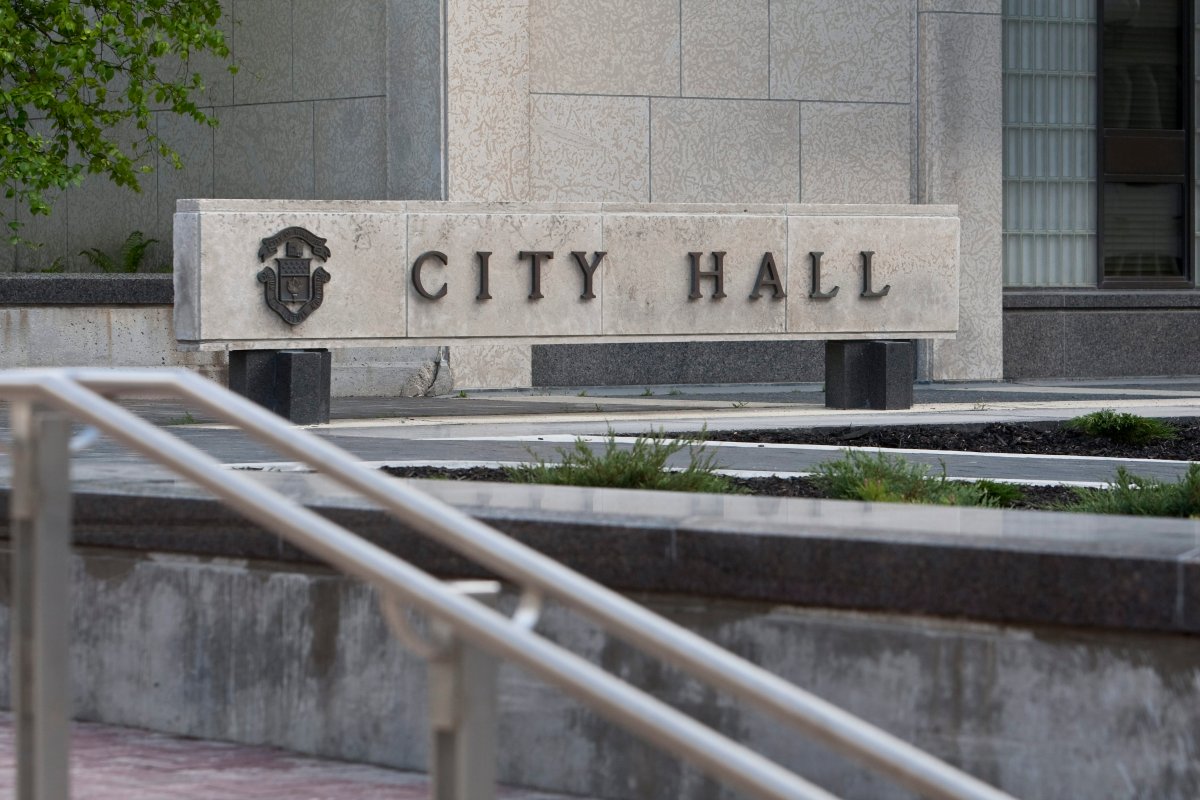City of Winnipeg economists have created three projections looking at the possible impacts of the COVID-19 pandemic on Winnipeg’s finances.

The projections run through the end of 2021 — taking into consideration factors like whether or not a vaccine is available, a possible second wave of the virus and the status of border access both internationally and within Canada.
“What we modeled out in a low-case scenario is that GDP would come in this year around 5.5 per cent decline, and then next year grow by around 4.6 per cent,” Tyler Markowsky, city economist, said.
That scenario is also projected to see unemployment drop from 8.9 per cent this fall to 8.0 per cent in fall 2021.
A moderate scenario — with no vaccine available and restrictions lifted for international and domestic borders after spring break next year — would see Winnipeg’s GDP rise 2.1 per cent for 2021 with employment at 8.5 per cent next fall.
The worst case scenario — with closed borders, no vaccine and a second wave of COVID-19 — involves a projected 0.7 per cent GDP increase for fall 2021 and unemployment at 9.5 per cent this time next year.
“Our first round of scenarios are being used in financial analysis and planning,” Markowsky said. “We should continue to update our scenarios as new data becomes available, and these scenarios should be considered for departmental budgeting and other strategic planning.”
The City of Winnipeg is predicting a $700,000 shortfall in its 2020 operating budget, based on data from the end of June.
But Winnipeg Transit is anticipating a much bigger deficit — to the tune of $29.1 million.
City staff say reduced ridership is expected to continue, with just 65 per cent of normal passenger volumes projected come December 2020.
Transit’s finances are expected to face longer-term challenges from the pandemic as some employers shift staff to work from home more permanently, possible public aversion to riding the bus and a lack of ridership among post-secondary students who are now learning remotely.
While there is up to $2 billion in federal funding to support municipalities and another $1 billion for transit, that money requires the support of the province to unlock.
“To date, there’s been no agreement announced for Manitoba,” Paul Olafson, Winnipeg’s chief financial officer, said, noting the breakdown could mean up to a possible $67 million for Winnipeg Transit. “Discussions are ongoing between our CAO and the deputy minister in terms of hopefully pushing that along.”
Across all city departments, Winnipeg is expecting a shortfall of $29.9 million — which Olafson says could have been much worse had staff not made adjustments to deal with the impacts of the pandemic.
For Winnipeg Transit, that meant a hiring freeze, a temporary reduction in bus service with temporary layoffs and halting new fleet purchases.
“If no actions had been taken under the COVID-19 Crisis Cash Flow Management Plan, we would be looking at a shortfall of approximately $67.5 million, so things have improved somewhat in that regard.”
The City is planning to make up the year-end deficit through transfers from its Financial Stabilization Reserve Fund via the General Revenue Fund.








Comments